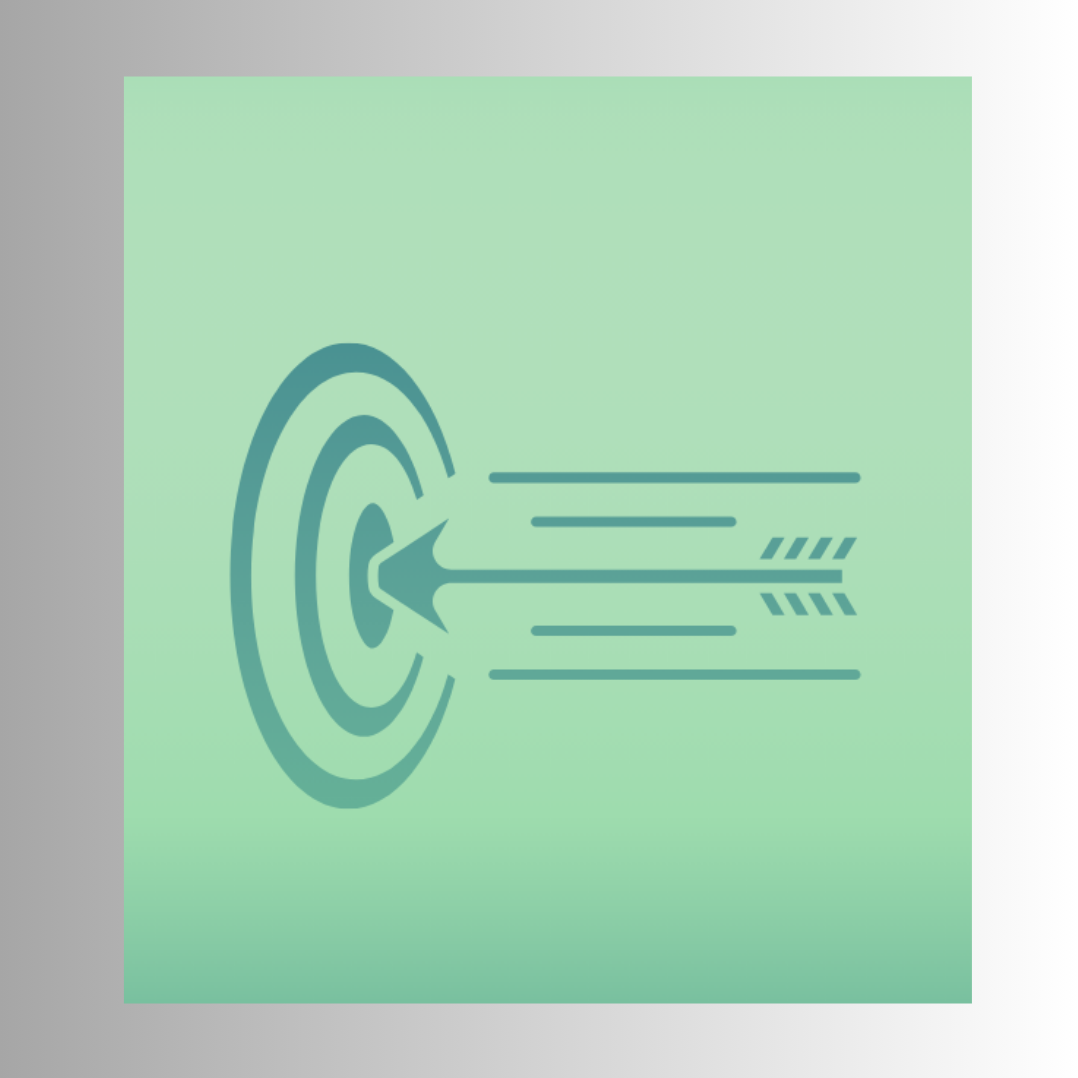
Agency Practice: Building Client Strategy Through Logical Levels
Agencies often focus on quick wins. New ads, fresh content, or a slick redesign can grab attention, but they rarely create lasting impact. Real strategy requires depth. One tool that helps is the logical levels framework. Originally developed in psychology, it gives a roadmap for understanding how people make decisions and how brands can align with them. For agencies, using logical levels means moving beyond surface campaigns and building strategies that connect with clients and their audiences at every layer.
Understanding the Logical Levels
The logical levels pyramid breaks down human experience into different layers. At the bottom is environment, then behavior, then capabilities, followed by values and beliefs, identity, and finally mission at the top. Each level influences the next. If a brand wants to resonate deeply, it must move up the pyramid instead of staying stuck at the bottom.
In practice, this means not just asking what product a company sells, but why it exists, what it believes, and how customers see themselves when they use it. Agencies that ask these questions uncover insights that drive more meaningful strategies.
Starting at the Base: Environment and Behavior
Every strategy begins with the basics. Environment is about where and when people interact with the brand. For a retailer, this might mean physical stores and online shops. For a tech company, it could be websites, apps, or trade shows. Agencies help clients design these environments so they feel intentional and consistent. First impressions are shaped here, and trust begins in microseconds.
Behavior comes next. This is what customers actually do with the brand. Do they browse, buy, share, or return? Agencies map these behaviors and look for ways to influence them. Loyalty programs, clear calls to action, and streamlined user journeys all live at this level. It is about shaping action through smart design and communication.
These layers matter, but they are not enough on their own. If strategy stops here, the brand risks being interchangeable with competitors. That is why agencies must climb further up the pyramid.
Building Capability and Expressing Values
Capabilities are about how the brand helps people do something better. This is not just the product feature list. It is about the transformation customers experience. A fitness app gives workouts, but the deeper capability is helping users track progress and feel in control. Agencies must highlight these abilities in campaigns because capabilities show the customer what they can achieve, not just what they can buy.
Values and beliefs add another layer. They answer why the brand matters. Customers want to know what a company stands for. Does it care about sustainability, innovation, creativity, or social justice? Agencies guide clients in defining and communicating these beliefs. When done authentically, this creates a bond that goes beyond price or convenience.
Campaigns rooted in values attract communities, not just buyers. People want to feel that their choices align with their worldview. When agencies help brands tell stories around values, the connection becomes stronger and longer lasting.
Climbing Higher: Identity and Mission
Identity is where branding becomes personal. It answers the question: who does the customer become when they choose this brand? Nike customers are not just people with sneakers. They are athletes. Starbucks customers are not just buying coffee. They are part of a social ritual. Identity transforms products into symbols.
Agencies play a critical role in shaping this. Messaging, visuals, and tone must reflect the identity the brand wants to create. This is not about inventing something fake. It is about amplifying what already exists and making it clear to the right audience.
At the very top sits mission. Mission looks beyond the customer and even beyond the brand itself. It is about purpose. Tesla speaks of accelerating the world’s transition to sustainable energy. Patagonia talks about saving the planet. Agencies that help clients articulate a mission give them more than campaigns. They give them movements.
Why Logical Levels Work for Agencies
Agencies that use logical levels create strategies that last. Instead of chasing trends, they ground campaigns in human psychology. Customers respond not only to what brands do, but to what they stand for and who they help people become.
This approach also keeps clients focused. Many companies get lost in tactics without knowing how they connect to deeper goals. The logical levels pyramid provides structure. Agencies can show clients where they are strong, where gaps exist, and how to move higher. This framework turns scattered marketing efforts into a coherent story.
The payoff is clear. Brands that align across all levels build stronger trust, inspire loyalty, and create communities. Agencies that guide this process become more than service providers. They become strategic partners.
Conclusion: Strategy Beyond Campaigns
Agencies have a choice. They can deliver quick wins that fade, or they can build strategies that grow with the client. The logical levels framework is a tool for the second path. It helps agencies connect the dots from environment and behavior all the way to identity and mission.
Real strategy is not about more ads. It is about deeper alignment. Brands that live their values and give customers a sense of identity go further than those that focus only on features. Agencies that master this approach create not just campaigns, but long-term impact.
